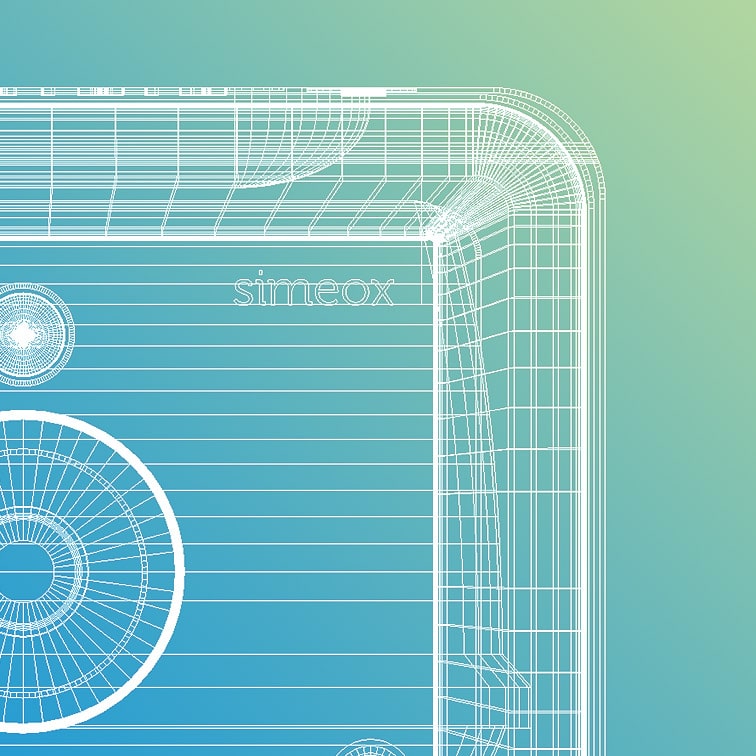USE OF PERSONAL DATA COLLECTED
Cookies policy
Comment: When you visit our website, we use cookies to improve your user experience, to personalise your browsing.
If you have an account and log on to this site, a temporary cookie will be created to determine if your browser accepts cookies. It does not contain any personal data and will be deleted automatically when you close your browser.
When you log in, we will set a number of cookies to save your login details and screen preferences. The lifetime of a login cookie is two days, that of a screen option cookie is one year. If you check "Remember me", your cookie will be stored for a fortnight. If you log out of your account, the cookie will be deleted.
Certain cookies are exempt from consent: these are cookies and trackers strictly necessary for the provision of a service expressly requested by the user. These include the shopping basket cookie for a merchant site, the session identifier cookie for the duration of a session as mentioned above. Audience measurement solutions, persistent interface personalisation cookies. However, other cookies for audience measurement or operations relating to advertising & social networks require prior consent.
Audience statistics and measurements
The www.physioassist.com website uses Google Analytics and Google Tag Manager to collect the data contained in the cookies. These cookies and tracking tools enable us to analyse behaviour and monitor interactions with the content offered with the aim of continuously improving their quality and user experience. Simply put: we receive this information in aggregate form to help us understand how our site is used, the effectiveness of our marketing campaigns or to help us improve and personalise our site.
The measurement of the audience of the website pages, in order to allow an evaluation of the published content and the ergonomics of the site, without allowing the identification of individuals. The data collected will not be cross-checked with other processing.
The IP address that the cookies may capture is automatically anonymised before integration into Google Analytics to prevent any further use of this personal data or any cross-referencing with other personal information;
Finally, the anonymised cookie information will be stored for a period of 13 months.
Advertising and social network operations
PhysioAssist publishes sponsored ads on Facebook and measures the effectiveness of its Google Ads referencing campaigns.
The Facebook Pixel cookie allows us to track conversions of our Facebook ads and create retargeting audiences. These two cookies allow us to measure the effectiveness of our marketing actions.
Chatbot « Intercom »
We use a chatbot provided by the company "Intercom" on our site in order to be able to answer your requests directly (support, advice...). By linking the chatbot to Google Tag Manager, we collect your connection information so that we can adapt to the language used by your browser.
This information does not make you identifiable.
During our exchanges you are sometimes invited, with your consent, to leave us your contact information (Name, email and telephone number) when you wish to be contacted. Without this information or the creation of an account on our site: you remain anonymous.
If you do not wish to be recontacted, or if you have not specified a consent to be sent promotional offers or a newsletter: your information is not kept.
Identified chatbot users can access their data at any time (portability principle) and request the deletion of this data (right to forget). To exercise this right, simply write to us directly in the chatbot or to contact@physio-assist.com or to:
Physio-Assist, 31 parc du Golf – 13100 Aix-en-Provence – France.
Creating an account on physioassist.com or simeoxacademy.physioassist.com
The reason for creating an account on physioassist.com is to access the e-commerce service in order to be able to honour our commercial commitments if you wish to acquire a property or request a quote.
Creating an account on simeoxacademy.com provides private access to healthcare professionals.
Your account access and delivery information are not used for commercial purposes without your consent. Only a voluntary subscription to our newsletter enables us to send you promotional or informative emails other than those resulting from the purchase of a good or a request for a quotation.
Embedded content from other sites
The articles or pages of this site may include embedded content (e.g. videos, images, articles...). Content integrated from other sites behaves in the same way as if the visitor were visiting that other site. In other words, a "Youtube" video viewed on our site counts as viewing on the original platform.
These websites may collect data about you, use cookies, embed third-party tracking tools, and track your interactions with such embedded content if you have an account on their website.
Setting up your navigation software
You can configure your browser software so that cookies are saved in your device or, on the contrary, that they are rejected, either systematically or according to their transmitter. You can also configure your browser software so that you are offered the option of accepting or rejecting cookies from time to time before a cookie is likely to be stored on your device.
How do you exercise your choices, depending on the browser you are using?
The configuration of each browser is different for managing cookies and your choices. It is described in the help menu of your browser, which will enable you to find out how to modify your cookie preferences.
For the Internet Explorer™: http://windows.microsoft.com/fr-FR/windows-vista/Block-or-allow-cookies,
For Safari™: http://docs.info.apple.com/article.html?path=Safari/3.0/fr/9277.html,
For Chrome™: http://support.google.com/chrome/bin/answer.py?hl=fr&hlrm=en&answer=95647,
For Firefox™: http://support.mozilla.org/fr/kb/Activer%20et%20d%C3%A9sactiver%20les%20cookies,
For Opera™: http://help.opera.com/Windows/10.20/fr/cookies.html

